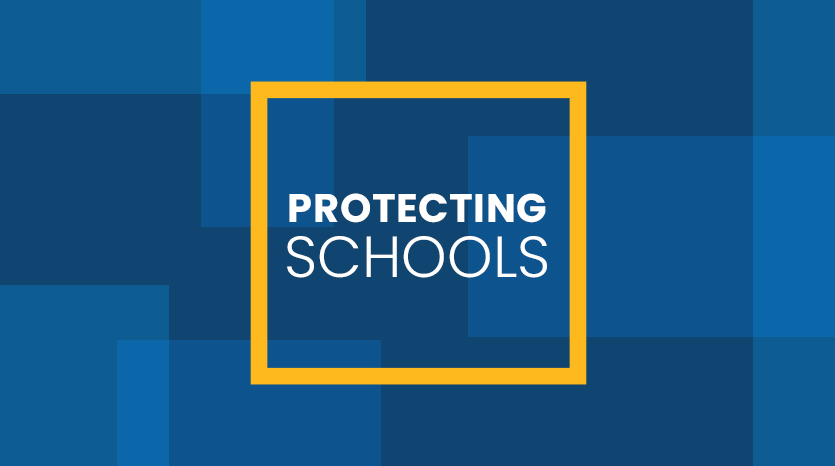
We must leverage existing technologies like social media monitoring, gunshot and weapons detection, and real-time watchlist alerting. We owe it to our children.
The news of the Uvalde elementary school shooting this week absolutely gutted me. My heart and thoughts are with the families impacted by this violence. It’s a tragic and incomprehensible loss of life.
A question I hear being asked again and again – could technology have made a difference? From my experience, modern technologies can help schools mitigate some of the damage and provide an early warning to law enforcement so they can mount a faster and more effective response.
The fact is, technologies exist – and are in production today – that can provide an additional safety net and potentially slow a would-be attacker, allowing law enforcement a few more moments of notice to mount an effective response. Seconds are precious. And they’re being lost because schools often don’t have the requisite early warning technologies to trigger the alarm.
Schools need real-world tactical solutions now
While people argue for stronger gun controls and better mental health programs. schools and law enforcement need real-world tactical solutions that exploit the power of today’s technologies.
Social Media Monitoring: The FBI and local police can monitor public social media posts in real-time to identify threats and respond quickly. These services cannot detect private one-to-one text messages, but they remain an important tool that should be leveraged.
Gunshot Detection: Gunshot detection systems use acoustic sensing technology to identify, discriminate, and report gunshots to the police within seconds of the shot being fired. A gunshot detection system usually involves a number of sensors to detect the sound of a gunshot, and transmitters to send a message to the police dispatch center.
Weapons Detection: Weapon detection systems use high-performance object detection algorithms using deep neural networks. These AI algorithms work with your existing video surveillance systems to automatically detect automatic knives, guns, and firearms using deep-learning models.
Watchlist Alerting: Many schools in the U.S. have lists of known security threats. This often includes ex-students, parents, and faculty prone to violence and sexual predators who live in the immediate vicinity.
After a tragic event on one of their campuses, a public-school district in Santa Fe, Texas invested in a watchlist alerting solution, an AI-based face recognition security solution to create a safer environment for the thousands of students, teachers, and staff who populate their schools and facilities. This was in 2019. According to Kip Robins, who was the then Director Technology at the Santa FE ISD: “We have almost 700 cameras throughout the district, but if someone is not watching that camera at that time – the camera is almost worthless.”
Watchlist alerting works with a school’s video surveillance system to identify persons of interest (POI) through both face and attribute recognition in real-time and sends instant alerts instantly when a POI approaches school property.
Metal Detectors: Once dismissed as something only needed for schools in areas with a high crime rate, many schools across the U.S. are now considering the use of metal detectors. It should be obvious by now that living in a “nice neighborhood” is not an insurance policy against school shootings. Violence can strike any community – large or small, rural or suburban.
There is no panacea
To be clear, there is no single technology that will prevent this type of tragedy. But, let’s act now and at least have the technologies in place to help expedite a better response – while we simultaneously debate the deeper questions about the nature of education, mental health, and guns in American society.
We owe it to our children.
 Vision Al Blog
Vision Al Blog


